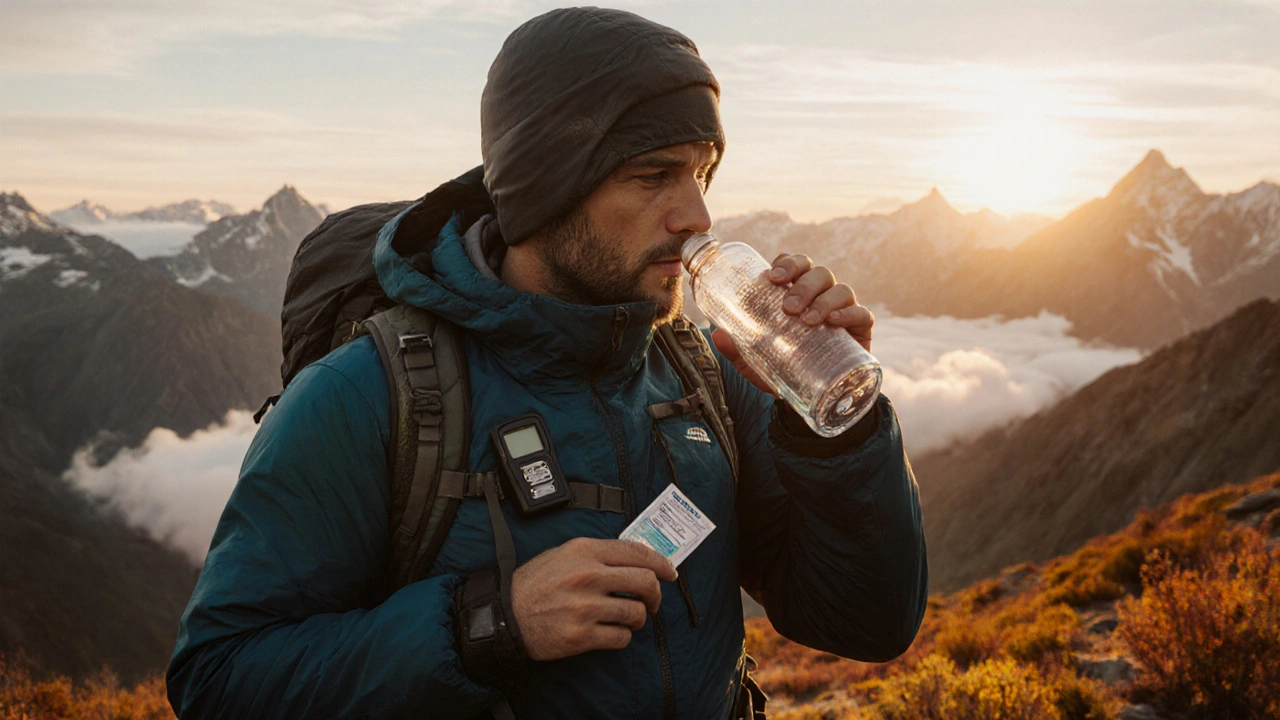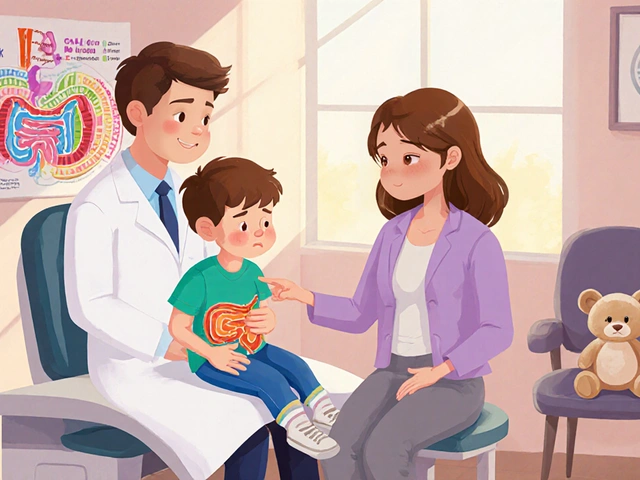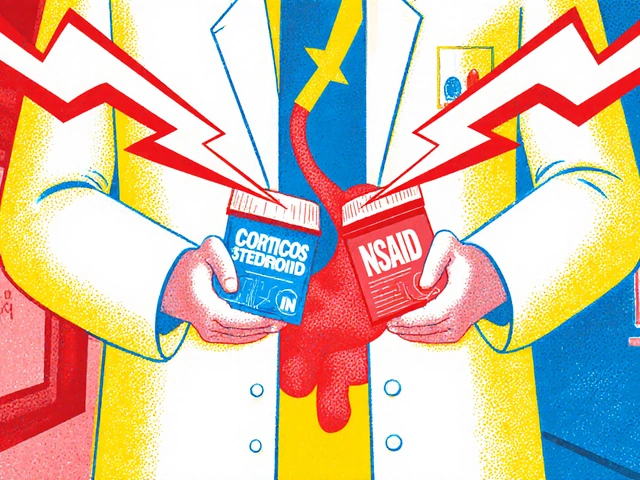Acute Mountain Sickness: What It Is and How to Stay Safe at Altitude
When you hear about Acute Mountain Sickness, a common form of altitude illness that occurs after rapid ascent to high elevations. Also known as Altitude Sickness, it can turn an exciting trek into a medical emergency if you don’t recognize the signs early.
Typical symptoms include headache, nausea, dizziness, and shortness of breath. Acute mountain sickness often precedes more severe forms such as High Altitude Pulmonary Edema (HAPE), a fluid buildup in the lungs that impairs oxygen exchange and High Altitude Cerebral Edema (HACE), brain swelling that can cause confusion and loss of coordination. While HAPE and HACE are less common, they share the same trigger – insufficient acclimatization – and demand immediate descent and medical care.
Both HAPE and HACE illustrate how altitude can affect different organ systems. HAPE, marked by coughing, frothy sputum, and rapid breathing often follows days of unrelieved low‑oxygen exposure, whereas HACE, characterized by severe headache, ataxia, and altered mental status can develop quickly once the brain’s protective mechanisms are overwhelmed. Recognizing these patterns helps you act before the condition worsens.
Prevention starts with Altitude Acclimatization, a gradual exposure schedule that lets the body adjust to lower oxygen levels. The rule of thumb is to ascend no more than 300–500 meters per day above 2,500 meters and take a rest day every 1,000 meters. Hydration, a balanced diet, and avoiding alcohol also support the acclimatization process. If you feel early signs of AMS, pause, descend a few hundred meters, and rest – a simple step that often halts progression.
When gradual ascent isn’t possible, medication can buy you time. Acetazolamide, a carbonic anhydrase inhibitor that stimulates breathing and speeds up acclimatization is the most widely used prophylactic. A typical dose is 125 mg twice daily, started one day before ascent and continued for a few days at altitude. It reduces the incidence of AMS by up to 60 % in studies, but it can cause tingling or increased urination, so stay hydrated.
Beyond meds, practical steps matter. Carry a lightweight emergency kit with ibuprofen for headache, anti‑nausea pills, and a portable pulse oximeter to monitor oxygen saturation. If your SpO₂ falls below 85 % at rest, consider descending or increasing rest intervals. Snacks rich in carbohydrates help maintain energy, and breathable clothing prevents overheating, which can worsen symptoms.
Some groups are more vulnerable: older adults, children, and people with pre‑existing lung or heart disease often experience AMS at lower elevations. If you fall into these categories, plan a slower climb and discuss preventive strategies with a healthcare professional before you leave. Their advice may include lower starting elevations or a tailored acetazolamide regimen.
Timing of medication is crucial. Take acetazolamide early in the day to avoid sleep disturbances, and pair it with dexamethasone if you have a history of HACE. Dexamethasone, a steroid, can be lifesaving for severe cerebral edema, but it should only be used under medical supervision. Always carry a written list of any prescriptions and be ready to show it to local medical staff if evacuation becomes necessary.
Knowing when to seek help can be the difference between a quick recovery and a life‑threatening situation. If symptoms worsen after rest, if you develop a cough with pink frothy sputum, or if you become disoriented, descend immediately and get professional medical attention. In remote areas, a helicopter evacuation may be the only option, so keep your travel insurance and emergency contacts up to date.
What You’ll Find Below
Below is a curated list of articles that dig deeper into each aspect we touched on – from detailed medication comparisons to real‑world strategies for managing altitude illness on the trail. Use them as a practical toolkit for your next high‑altitude adventure.

- Sep 29, 2025
- Posted by Cillian Osterfield
Altitude Sickness and Nausea: Proven Prevention & Treatment Tips
Learn how to stop nausea caused by altitude sickness, with proven prevention steps, medication guides, and emergency treatment tips for safe high‑altitude travel.
Categories
- Health and Wellness (60)
- Medications (44)
- Health and Medicine (22)
- Pharmacy Services (11)
- Mental Health (5)
- Health and Career (2)
- Medical Research (2)
- Business and Finance (2)
- Health Information (2)
©2025 heydoctor.su. All rights reserved





